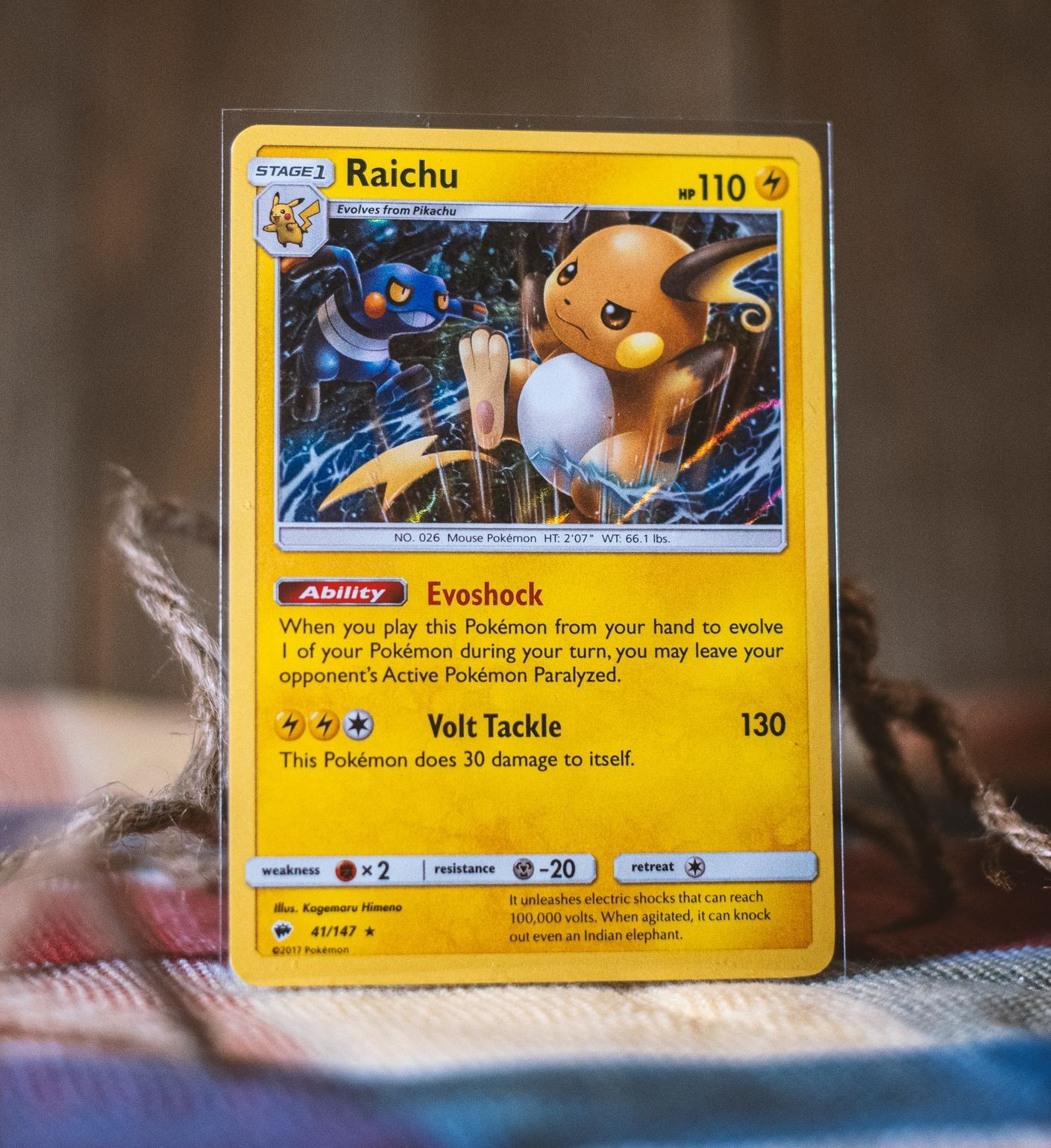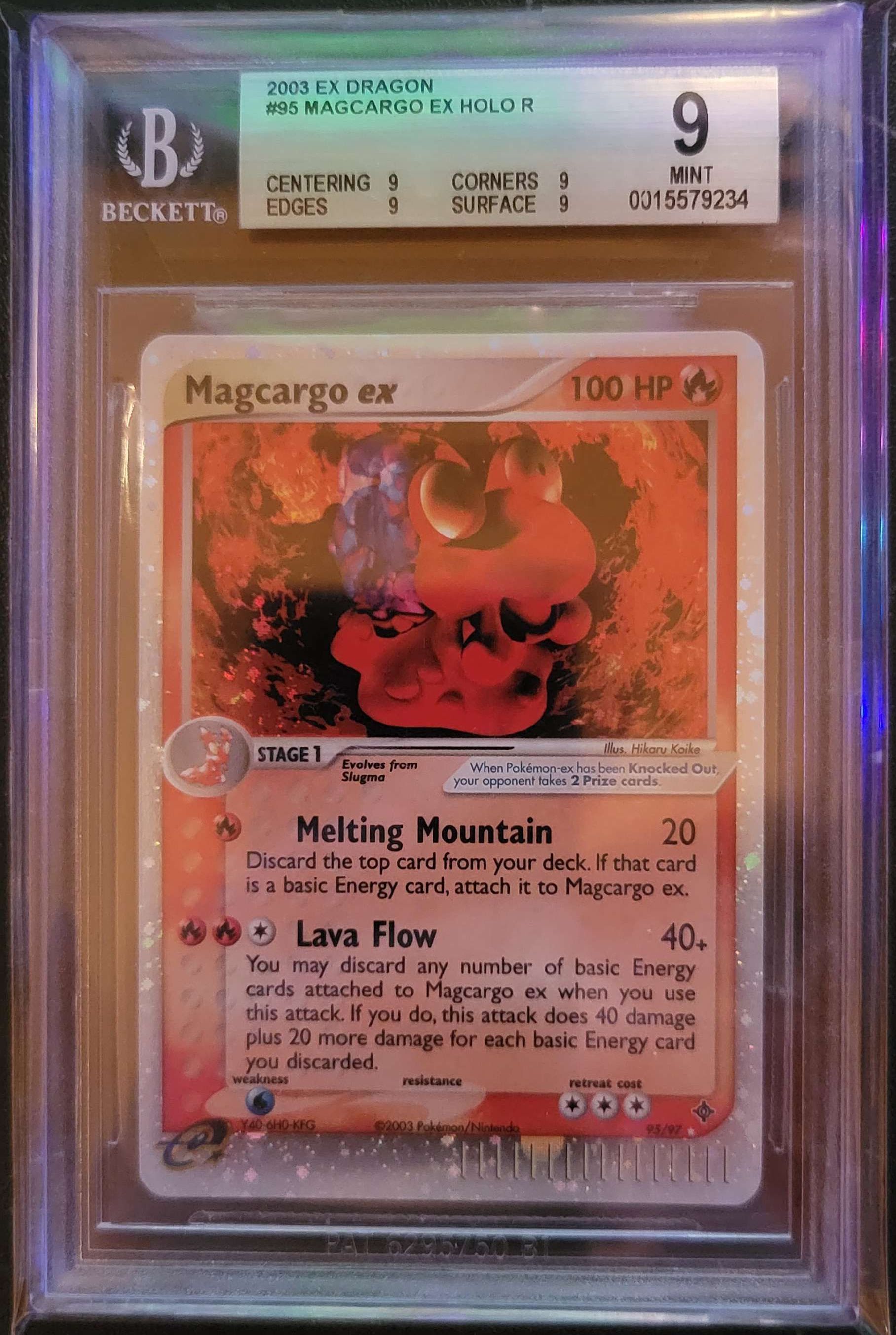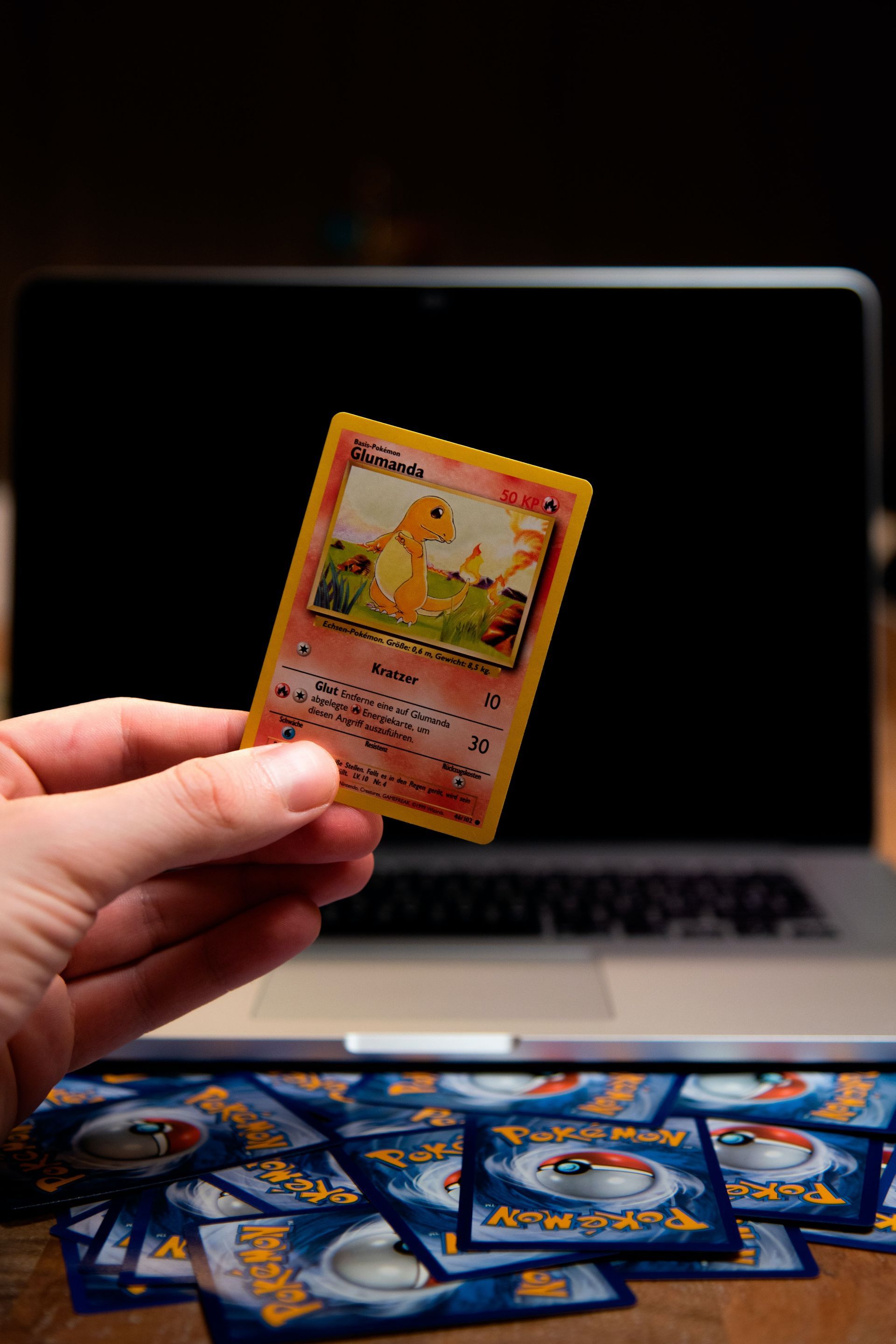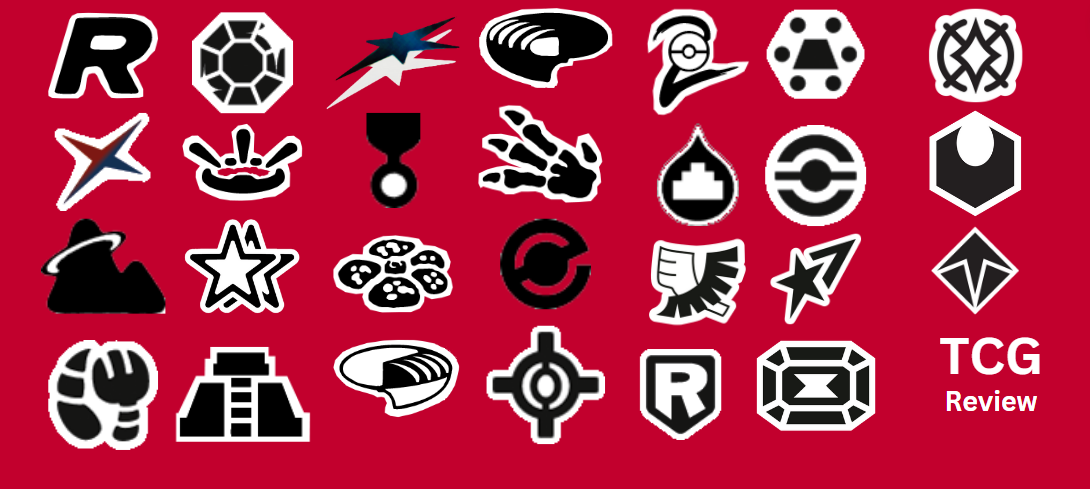A Guide To Pokémon Card Rarities
Understanding Pokémon TCG Card Rarities
The Pokémon Trading Card Game features a wide array of Pokémon card types, each with its own level of rarity that signifies the card's uniqueness and value. Here's an overview of the different rarities the Pokémon TCG:
Basic Rarities
Common Cards:
Common cards in the Pokémon TCG, identifiable by the black circle symbol located at the bottom right corner of the card, are crucial for gameplay and collecting. They are abundant in booster packs, essential for deck building, and form the foundation of any Pokémon TCG collection. Despite their abundance, they are valued for their role in the game and the completeness they bring to a collector's set.
Uncommon Cards:
Uncommon cards, marked by a black diamond symbol at the bottom right corner, play a vital role in the Pokémon TCG. They offer a greater variety of gameplay options and are an essential component of a well-rounded deck.
For collectors, they add depth to a set and can be more desirable due to specific features or popular Pokémon characters. While not as rare as higher-tier cards, Uncommon cards hold their own unique place in the Pokémon TCG universe.
Rare Cards:

Rare cards stand out with their distinctive black star symbol, usually found at the lower right corner of the card. These cards are not just central to the game's strategy but also highly coveted by collectors due to their relative scarcity in booster packs. The allure of discovering a Rare card adds a thrilling aspect to opening new packs.
Special Rarities
Holofoil Rare Cards
Holofoil cards in the Pokémon Trading Card Game are renowned for their shiny, reflective surfaces that create a striking visual effect. These rare cards are highly sought after by collectors, as they add an element of excitement when discovered in booster packs.
Reverse Holofoil Cards:
Reverse Holofoil cards offer a unique twist on the traditional Holofoil design. These cards are special because the holographic effect is applied to the background and frame of the card, rather than the main image. This creates an eye-catching reverse shimmer that sets them apart from regular Holofoil cards. They're not as common as standard cards, which makes pulling one from a booster pack a pleasant surprise.
Ultra Rare Cards
In the Pokémon Trading Card Game (TCG), Ultra Rare cards are highly sought after for their unique features and powerful gameplay capabilities. Here's a list of different types of Ultra Rare cards:
- Pokémon V: Relatively new to the game, these cards are less common than standard cards but more frequently found than some of the higher-tier Ultra Rares. They're a balance between rarity and accessibility.
- Pokémon VMAX: Rarer than Pokémon V cards, VMAX cards are a special find in booster packs. Their rarity is heightened due to their powerful gameplay impact and dynamic artwork.
- EX Cards: These are powerful Pokémon with enhanced abilities. EX cards often have higher HP and stronger attacks but give up more Prize cards when knocked out.
- GX Cards: Similar to EX cards, GX cards have powerful attacks and abilities. Each GX card has a unique GX attack, which can only be used once per game, adding a strategic element.
- Mega Evolution Pokémon (M-EX): These are special versions of EX cards, representing the Mega Evolutions of certain Pokémon. They have more powerful attacks but require a specific EX Pokémon to evolve.
- Pokémon BREAK: These cards represent an evolved form of a Pokémon and are played horizontally over the Pokémon card. They add extra abilities or attacks but retain the attacks and abilities of the base Pokémon.
- Full Art Cards: These are visually distinct with artwork extending across the entire card. Full Art cards can be found in various rarities, including EX and GX.
- Secret Rare Cards: These cards have unique designs and are numbered higher than the total number of cards in the set, making them extremely rare and valuable.
- Rainbow Rare Cards: These are special versions of GX or VMAX cards with a rainbow-colored holographic finish. They are among the rarest cards to find in packs.
- Gold Star Cards: Known for their gold star symbol and unique artwork, these cards are extremely rare and highly valued by collectors.
Additional Pokémon Card Rarity Variants
Alternative Art Cards
Alternative Art cards in the Pokémon TCG feature distinct artwork that covers the entire surface, offering a fresh take on familiar Pokémon. These cards stand out for their artistic variations, often depicting Pokémon in dynamic poses or unique settings. Collectors particularly seek them for these artistic differences and their relative scarcity in the TCG world.
Promo Cards
Promo cards in the Pokémon TCG are special editions released through events, promotions, or as part of exclusive products. Each card is marked with "Promo" and has a unique set number, distinguishing it from regular set cards. These cards often feature unique artwork or special game mechanics, making them desirable for both their collectible and playable value. Their limited release nature adds to their rarity and appeal among collectors and players.
Rarity Identification
The rarity of a Pokémon card can be determined by the symbol next to the card number, usually found in the bottom left or right portion of the card.
The symbol indicates whether a card is Common (circle), Uncommon (diamond), or Rare (star).
Special rarities like Ultra Rare or Secret Rare have additional markings or numbers

Collecting and Value
The value of Pokémon cards is shaped not only by their rarity, in-game power, and popularity among fans but also significantly by their condition, as determined through professional grading.
Pokémon card grading assesses the card's condition, focusing on aspects like centering, corners, edges, and surface, and assigns a grade typically on a scale from 1 to 10. A higher grade often means a higher value, especially for iconic cards like Charizard. For instance, a Charizard card with a near-perfect grade can be worth much more than the same card with a lower grade. Therefore, collectors should be mindful of both the rarity and the condition of their cards, particularly when considering trading or selling, as a well-graded card can substantially increase in value
Article Topics:
About the author: Jeremy To
Competitive Gamer, Music enthusiast, Pickleball fanatic

Jeremy To is passionate about video games, which led to his interest in writing about gaming and trading card games. Among PC gaming and writing, he loves all kinds of electronic music and would consider himself an audiophile. In his free time, he enjoys cycling and playing pickleball with friends.
Want more information?
TCG Review
TCG Review is your premier destination for all things gaming. Our content is specially crafted for gamers and anyone who delights in the world of gaming, offering insightful guides, in-depth reviews, and unbeatable deals tailored to enhance your gaming experience.
At TCG Review, Affiliate links may be included, and we may earn a commission at no additional cost to you. This support helps us maintain our site and commitment to unbiased, gamer-focused content.
All Rights Reserved | TCG Review
Recent Posts


